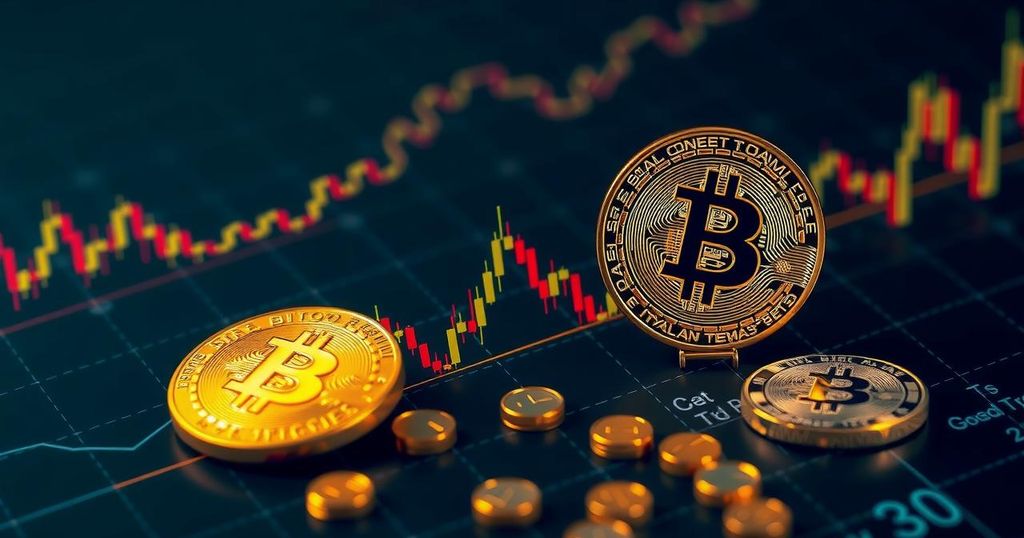Goldman Sachs Revises Recession Forecast: What It Means for Bitcoin
Goldman Sachs, a notable financial institution, has recently made a significant alteration to its forecast for the U.S. economy. The institution has lowered the likelihood of a recession in the next year from 25% to 20%. This adjustment follows promising economic indicators, suggesting that the economy is performing better than initially projected.
The experts at Goldman Sachs have suggested that if the August jobs report, scheduled for release on September 6, exhibits continued strength, the probability of a recession could decrease even further to 15%. As the U.S. economy demonstrates signs of stability, fluctuations in the cryptocurrency market have prompted inquiries about how Bitcoin may react to these developing macroeconomic conditions.
The Next Move by the Federal Reserve: Anticipated Rate Cuts?
Economists at Goldman Sachs, led by Jan Hatzius, have expressed growing confidence in the likelihood of the Federal Reserve implementing a 0.25% cut in interest rates in September due to indications of a decelerating economy. Nevertheless, if the forthcoming jobs report proves to be favorable, the Fed may reassess or delay the rate cut.
For Bitcoin, the potential rate cut by the Fed presents both opportunities and risks. Generally, lower interest rates have the potential to weaken the dollar, potentially making Bitcoin a more appealing alternative investment. This could lead to increased demand for the cryptocurrency.
However, if the rate cut is perceived as a response to rising concerns of an impending recession, it might create a more cautious market environment. In such a scenario, investors might shy away from riskier assets like Bitcoin, resulting in a struggle for its price.
Bitcoin’s Varied Response to Economic Shifts
While traditional markets have responded favorably to the recent economic data, Bitcoin’s reaction has been relatively subdued. In the past week, the price of Bitcoin has remained fairly steady, despite U.S. stocks, particularly the Nasdaq, experiencing gains of approximately 5%. This contrast underscores a cautious sentiment among cryptocurrency investors, who may be waiting for clearer signals before making significant investment decisions.
According to Markus Thielen, Head of Research at 10x Research, a rate cut could initially boost Bitcoin, but it could also indicate underlying economic weakness that may lead to a market correction. He pointed to Bitcoin’s performance in 2019 as a cautionary example. That year, Bitcoin surged by 20% following the Fed’s rate cut in July, only to decline by 35% by the end of the year as economic concerns persisted.
Differing Economic Outlooks and Their Effect
Not all economists share Goldman Sachs’ optimistic perspective. Bruce Kasman, JPMorgan’s chief global economist, remains cautious and has highlighted signs of diminishing labor demand and a slowdown in global manufacturing. Kasman suggests that while the service sector continues to exhibit strength, the overall economic momentum may be diminishing.
JPMorgan has maintained its recession probability at 45% through the end of 2025, citing additional uncertainties related to the political landscape. With these mixed signals, the future of Bitcoin remains uncertain, and analysts urge investors and traders to exercise increased caution.
In summary, the revised outlook on the U.S. economy by Goldman Sachs has implications for Bitcoin and the broader cryptocurrency market. The potential rate cut by the Federal Reserve presents both opportunities and risks for Bitcoin, and the various economic outlooks contribute to the sense of uncertainty surrounding its future performance. As the situation continues to develop, it is crucial for investors to carefully monitor the evolving economic conditions and exercise prudence in their decision-making.







Post Comment